Chlorhexidine solution is one of the most popular antiseptic drugs. The medicine appeared on the market more than 60 years ago, but today it is in great demand. The advantages of this tool include high efficiency, safety, a minimum list of contraindications, an affordable price. The scope of "Chlorhexidine" includes various branches of medicine.
Material Content:
Forms of release and composition of the drug
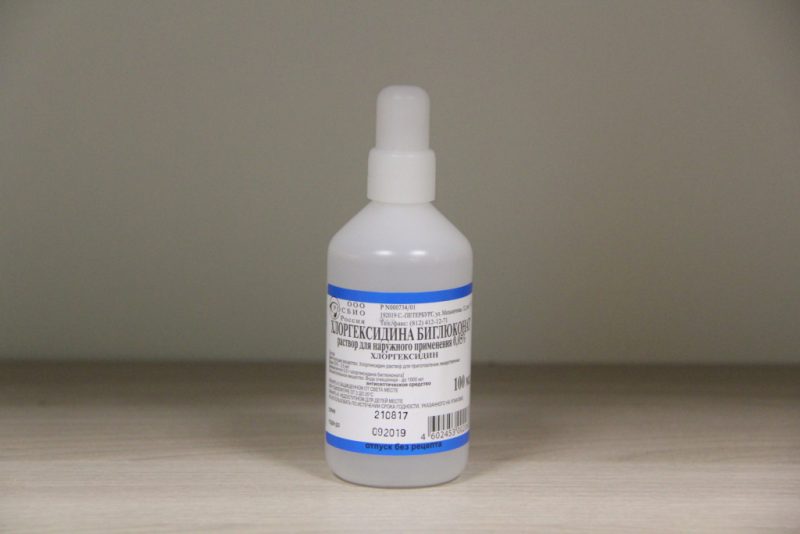
The product is available in the form of a spray, ointment, rinse aid, suppository. The most common solution is considered to be poured into bottles (25 - 200 ml) or cans (1 - 20 l). The main active ingredient of the drug is chlorhexidine, which is active against various bacteria, including Trichomonas, Treponem. The component does not act on spores and viral cells.
Pharmacological properties and pharmacokinetics
"Chlorhexidine" - is active against a large number of pathogenic microorganisms, destroys tuberculosis pathogens, herpes virus, HIV, is effective against dermatophytes, yeast-like fungi of the genus Candida, etc.
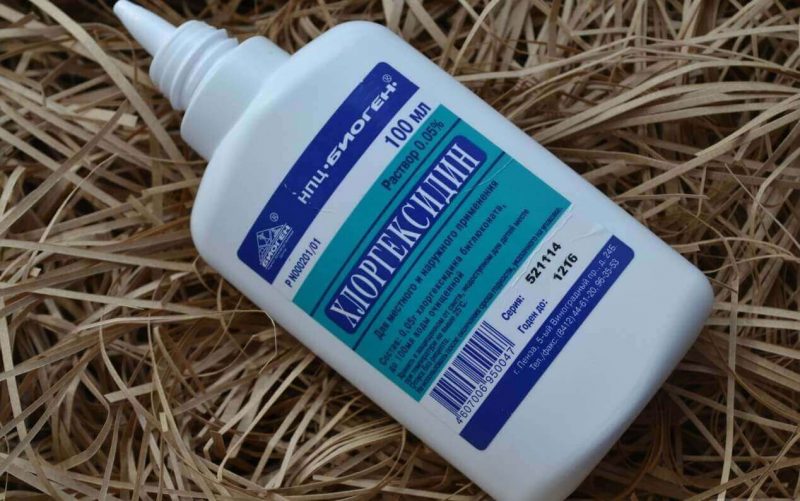
The drug for external use is widely used in gynecology, cosmetology, dentistry, etc. Absorption of active components is possible only with intravaginal administration.
Why is the drug prescribed?
Antiseptics are purchased by medical facilities. “Chlorhexidine” is not only effective, but also a cheap drug, therefore it is used not only for medicinal purposes. The solution is used to disinfect surfaces, instruments and equipment that are used when performing therapeutic measures.
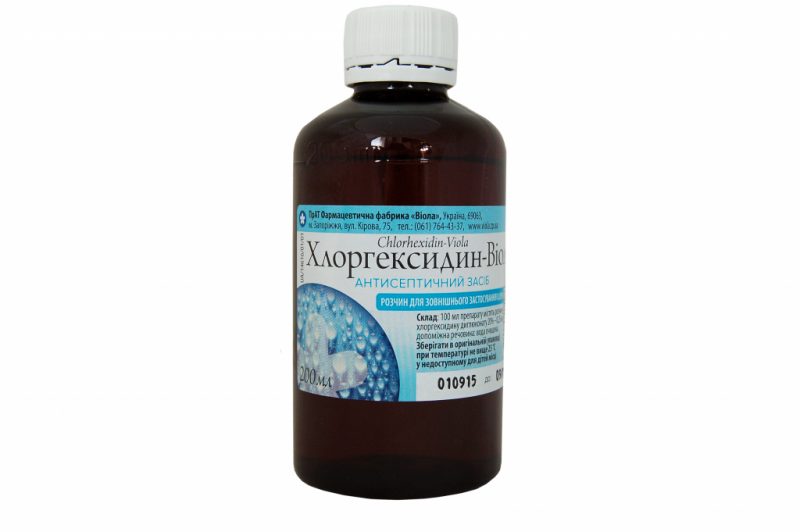
Prescribe an antiseptic for the treatment of such diseases:
- cervical erosion;
- stomatitis of various etiologies;
- a sore throat
- purulent tonsillitis;
- alveolitis;
- periodontitis;
- vulvovaginitis;
- rhinitis, sinusitis;
- cystitis and others
You can gargle with “Chlorhexidine” for infectious and inflammatory pathologies. The tool promotes rapid recovery, reduces the likelihood of complications. They are rinsed with an oral cavity after tooth extraction, in case of wounds and sores on the mucosa. The drug will help prevent the development of sexually transmitted diseases. It can be used to treat acne, blackheads, blackheads. Prescribe an antiseptic after surgery. The drug has powerful disinfectant properties, destroys bacteria, and contributes to the rapid, effective cure of the disease.
Instructions for use of chlorhexidine
The use of an antiseptic agent depends on the form of its release, as well as on the specifics and course of the disease. Before starting the course, it is recommended to consult with a specialist. He will tell you how to rinse your mouth, determine the duration of treatment, the dosage of the drug.
Solution for local and external use
A solution is the most common form. Preparations with different concentrations of the active substance are available. The minimum chlorhexidine content is 0.05%.
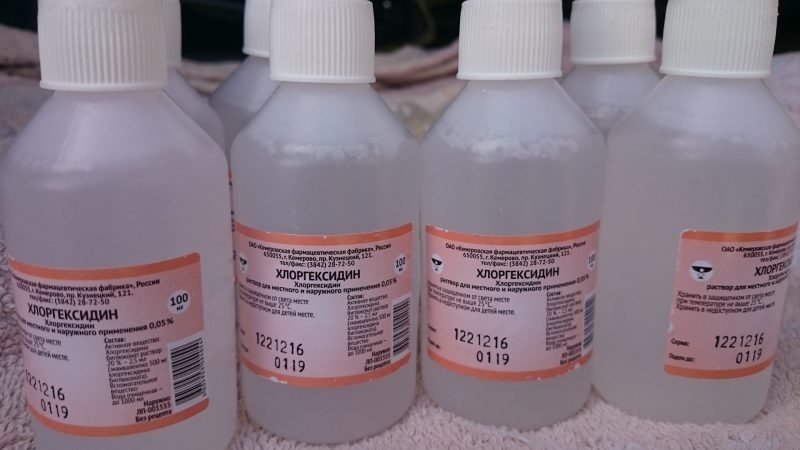
Antiseptic is widely used in dentistry. A solution of 0.1% is used to sterilize work surfaces and surgical instruments. Chlorhexidine 0.2% and 0.5% are for external use only.
The solution can be used in two ways: for rinsing the mouth and filling the baths.
- Rinse the oral cavity with inflammatory and infectious diseases (tonsillitis, stomatitis, etc.). Put a small amount of solution into the mouth, “drive” the liquid from side to side for 1 - 1.5 minutes, spit it out.
- Baths are done after tooth extraction. It is impossible to rinse in such cases, because there is a high risk of washing the blood clot, which will result in inflammation or infection of the hole.
If you plan to use Chlorhexidine 0.1% or 0.2% for medicinal purposes, be sure to dilute the drug with water. Upon contact with the mucous membrane of the oral cavity, a solution with a higher concentration than 0.05% can cause burns or irritation.
To treat the affected area of the skin with an antiseptic, you can simply irrigate the wound or apply applications. The optimal duration of the course of treatment with "Chlorhexidine" is 10 - 12 days.
Alcohol spray for external use
The spray is used to treat the hands of medical workers before conducting diagnostic or surgical procedures. Chlorhexidine in this dosage form is used in the food industry. The tool disinfects the hands of employees of catering establishments, cafes, canteens, utilities, etc.
Before the procedure, hands must be thoroughly washed, wiped with a clean gauze cloth. Now the skin should be abundantly sprayed, rubbed until completely absorbed.
Vaginal suppositories 8 mg and 16 mg
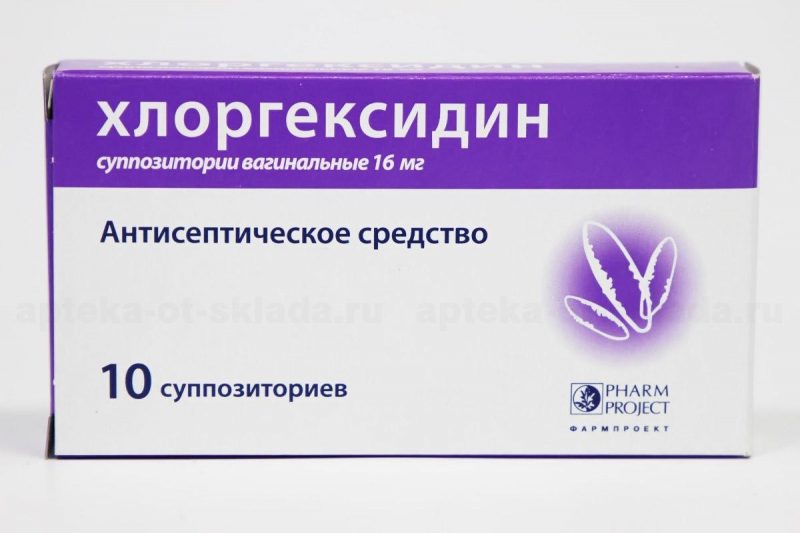
Candles "Chlorhexidine" is used to prevent sexually transmitted diseases, treatment of infectious and inflammatory pathologies. With clean hands, the suppository must be removed from the package, introduced intravaginally in the supine position. The pattern of use is determined individually. The instructions for use indicate the standard dosage: 1 suppository 2 times a day. The duration of the course is 7 to 10 days. The maximum duration of treatment is 20 days.
During pregnancy and lactation

The antiseptic "Chlorhexidine" is not contraindicated in pregnant and breast-feeding women. The active components of the drug do not affect the course of pregnancy and the condition of the fetus.
Drug interaction
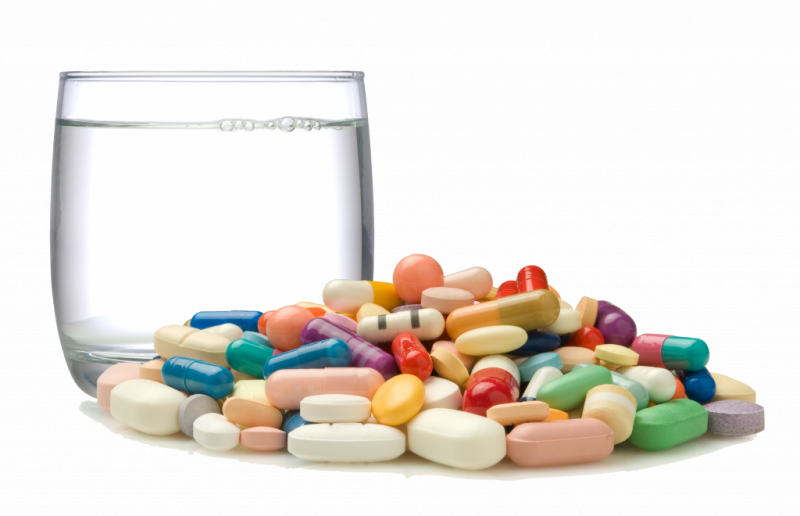
The most effective "Chlorhexidine" in a neutral environment.
- If the pH exceeds 8, a precipitate forms.
- The bactericidal effect is reduced under the influence of hard water.
- You can not combine the use of an antiseptic with soap, alkalis and other compounds of the anionic group.
- The combination of “Chlorhexidine” with iodine and iodine-containing drugs is not recommended.
The effectiveness of the drug is enhanced with simultaneous use with ethyl alcohol.
Contraindications, side effects and overdose
The drug "Chlorhexidine" is contraindicated in patients who have been found to be hypersensitive to antiseptic components or a tendency to allergic reactions. Do not prescribe a medicine for dermatoses. Do not apply the solution to open, bleeding wounds. If the product has got on the mucous membrane of the eyes, they should be washed immediately with plenty of clean water and consult a specialist.

The use of "Chlorhexidine" may be accompanied by such unpleasant manifestations:
- allergies (itching, redness of the skin);
- change in the shade of tooth enamel;
- loss of sensitivity to tastes;
- tartar (rarely).
The drug is not intended for internal use. If the medicine was accidentally swallowed, you must immediately drink a large volume of water. After this, a means with an absorbing effect (activated carbon, White Sorbent, etc.) should be taken.
Cases of overdose "Chlorhexidine" are not described. If you treat damaged areas of the skin or rinse your mouth often, the risk of adverse reactions increases.
Chlorhexidine Analogs
The most popular substitute for this antiseptic is the drug "Chlorhexidine bigluconate." This medicine, which includes only a solution of chlorhexidine (20%) and purified water. An antiseptic is effective for inflammation of the pharynx, larynx, tonsils.
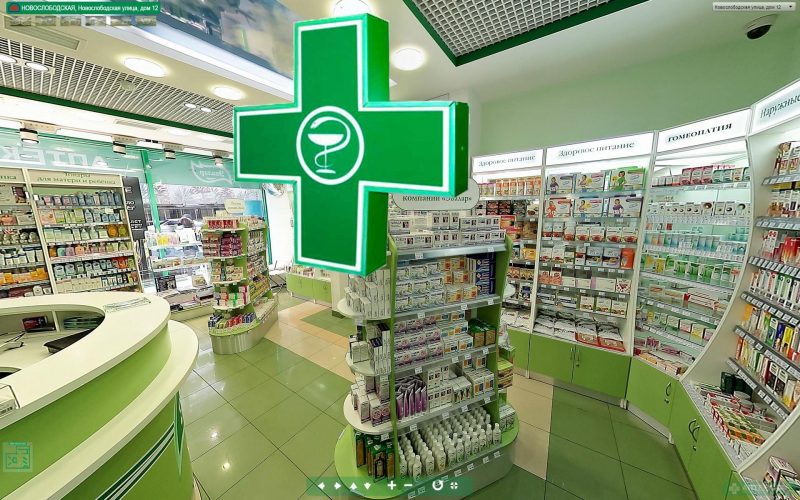
Amident is an antiseptic based on chlorhexidine. The average price of the drug is 70 rubles. per 100 ml. An antiseptic effectively destroys bacteria, as well as certain types of viruses and fungi. Use "Amident" to cleanse and disinfect the skin.
Other available substitutes from the same group include the following drugs:
- "Aseptinol C";
- Ahdez;
- "Hexicon";
- "Katedzhel S";
- Gibitan;
- Plivacept;
- Manusan
- "Corsodylus";
- "Dezin";
- Bactericidal patch, etc.
As an antiseptic, Furacilin can be used. It costs, like Chlorhexidine, a penny, is available not only in the form of a solution, but also in the form of tablets for dilution. The drug has powerful disinfecting, antimicrobial, anti-inflammatory properties.
Often patients ask the question: what is the difference between Miramistin and Chlorhexidine. These are analogues, but not synonyms. Both one and the other drug has its own scope, advantages and disadvantages. Miramistin is a modern antiseptic, the cost of which is an order of magnitude higher than the price of Chlorhexidine (starts from 200 rubles per 50 ml bottle). The drug has a wider spectrum of activity, is active against complex viruses, but in terms of effectiveness it loses to Chlorhexidine.
The antiseptic Miramistin is made on the basis of the active substance benzyldimethyl. The drug is available in the form of a solution. "Miramistin" is prescribed for the treatment of tonsillitis, sinusitis, stomatitis and other infectious and inflammatory pathologies of the oral cavity, occurring in acute or chronic form. The medicine can be used to treat burns, prevent inflammation and suppuration of wounds after surgery.
The advantages of the drug include the absence of contraindications (except for hypersensitivity), a low probability of side effects, and a wide scope.There is only one drawback - high cost, in comparison with analogues.
The price of Miramistin ranges from 200 to 800 rubles. Chlorhexidine antiseptic is much cheaper. Its price starts from 20 rubles. If there are visible effects from the use of Chlorhexidine, there is no reason to replace it with Miramistin.












